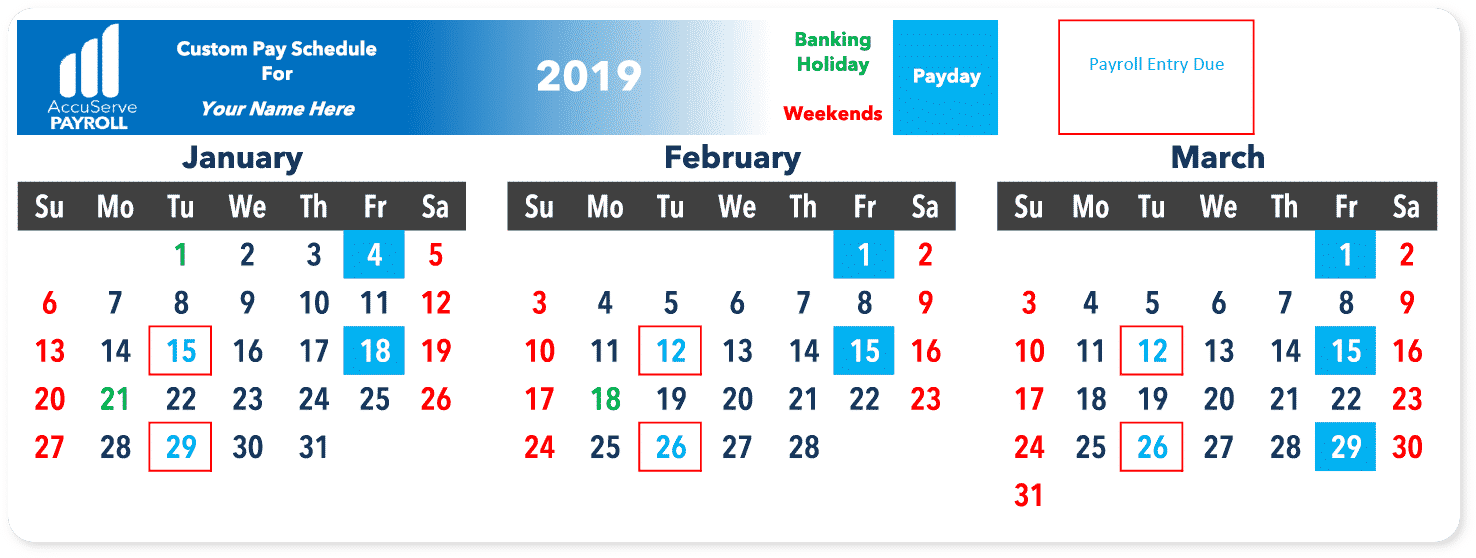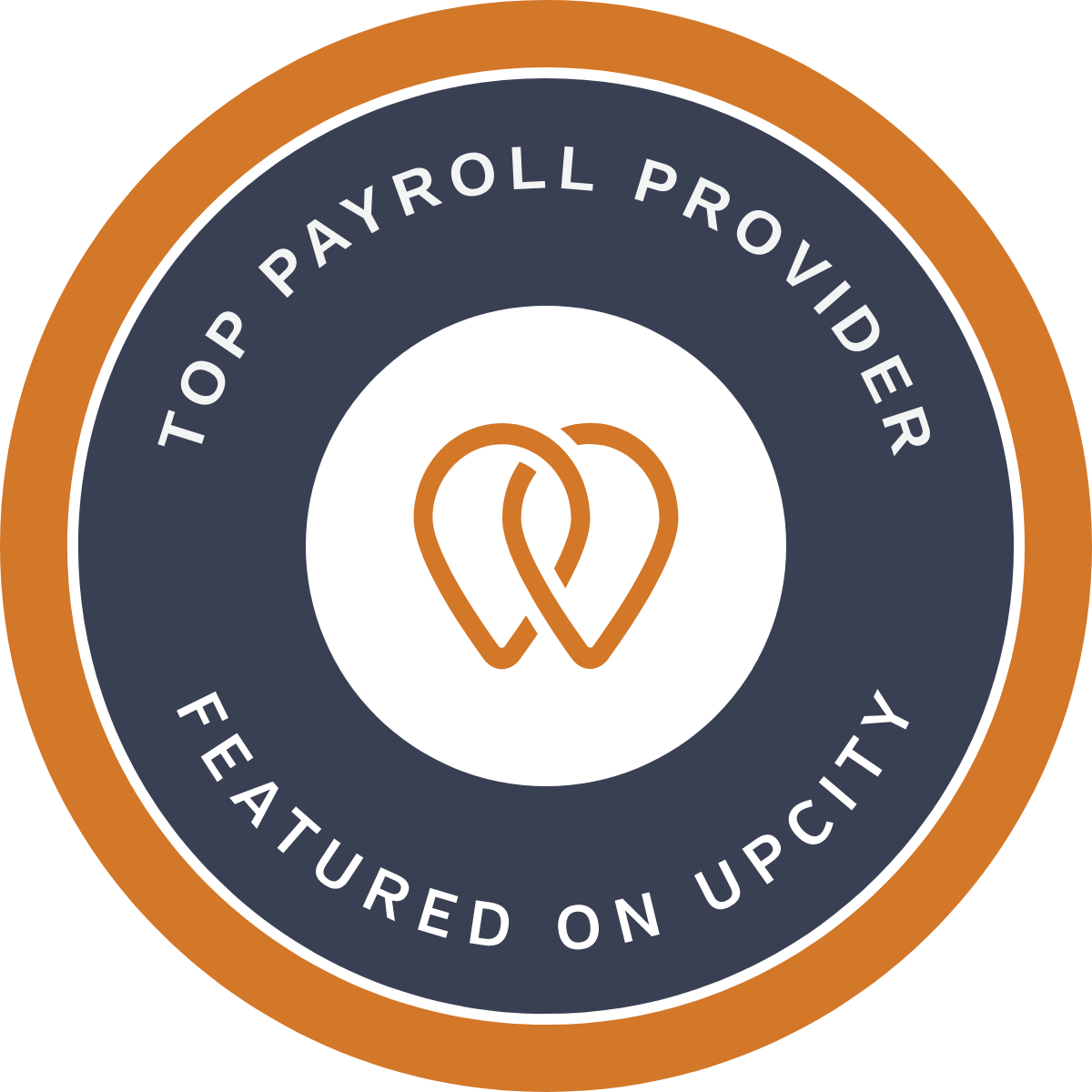Pros and Cons of Different Payroll Schedules: Weekly, Bi-Weekly, Semi-Monthly, and Quarterly
Introduction: Payroll schedules play a crucial role in managing employee compensation and maintaining the financial stability of an organization. The frequency at which employees receive their paychecks can vary, with popular options being weekly, bi-weekly, semi-monthly, and quarterly schedules. Each schedule has its advantages and disadvantages, impacting both employers and employees. In this blog post, we will explore the pros and cons of these different payroll schedules to help you make an informed decision for your organization.
- Weekly Payroll Schedule: Pros: a) Improved employee satisfaction: Weekly pay schedules provide employees with more frequent access to their earnings, which can enhance their financial stability and satisfaction. b) Increased motivation and productivity: Regular paychecks may motivate employees to stay focused and productive, knowing they will receive compensation for their efforts promptly.
Cons: a) Administrative burden: Weekly payrolls require more frequent payroll processing, which can be time-consuming and administratively demanding. b) Cash flow challenges: For organizations with limited cash flow, weekly payrolls can pose financial challenges, as there is a constant outflow of funds.
- Bi-Weekly Payroll Schedule: Pros: a) Cost-effective: Bi-weekly payrolls require fewer payroll runs compared to weekly schedules, reducing administrative costs and time spent on payroll processing. b) Consistent pay periods: Bi-weekly schedules offer consistent and predictable pay periods, making it easier for employees to plan their finances.
Cons: a) Budgeting challenges: Some employees may find it challenging to manage their finances effectively due to longer periods between paychecks. b) Month-end discrepancies: In certain months, there will be three pay periods, which may create accounting and budgeting complications for both employers and employees.
- Semi-Monthly Payroll Schedule: Pros: a) Easier budgeting: Semi-monthly payrolls provide a regular and predictable paycheck schedule, making budgeting and financial planning more straightforward for employees. b) Reduced administrative workload: Compared to weekly or bi-weekly schedules, processing payroll semi-monthly requires less frequent administrative tasks.
Cons: a) Inconsistent paydays: Semi-monthly pay periods typically fall on different dates each month, which can cause confusion for employees and complicate financial planning. b) Potential cash flow issues: Organizations with uneven cash flow may find it challenging to manage payrolls that align with a semi-monthly schedule.
- Quarterly Payroll Schedule: Pros: a) Reduced administrative burden: Processing payroll on a quarterly basis significantly reduces the time and effort spent on payroll processing throughout the year. b) Cash flow benefits: Quarterly payrolls can benefit organizations with irregular cash flow, allowing them to align compensation with their financial capabilities.
Cons: a) Financial strain on employees: Longer gaps between paychecks can create financial stress for employees, especially those living paycheck to paycheck. b) Potential retention challenges: Some employees may be dissatisfied with the infrequent pay schedule and seek opportunities with more regular compensation.
Conclusion: Choosing the right payroll schedule for your organization depends on various factors, including financial stability, administrative capacity, and employee preferences. While weekly schedules offer more frequent paydays, they come with increased administrative burdens. Bi-weekly schedules strike a balance between frequency and administrative efficiency, while semi-monthly schedules provide predictability. Quarterly schedules reduce administrative workload but can pose financial challenges for employees.
Ultimately, it is crucial to evaluate the unique needs and circumstances of your organization and your employees before determining the most suitable payroll schedule. By considering the pros and cons discussed above, you can make an informed decision that ensures both the smooth operation of your payroll process and the financial well-being of your workforce






